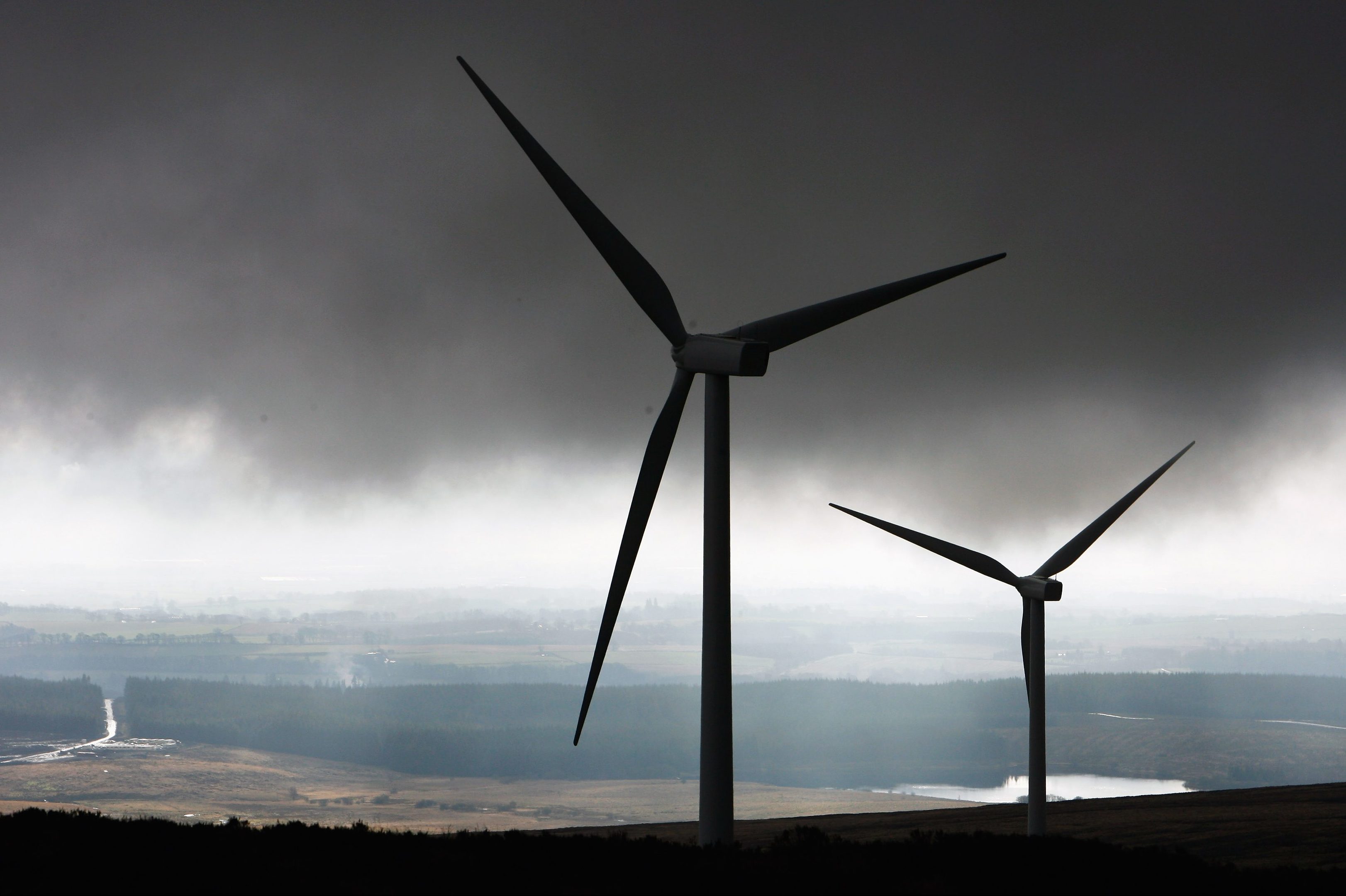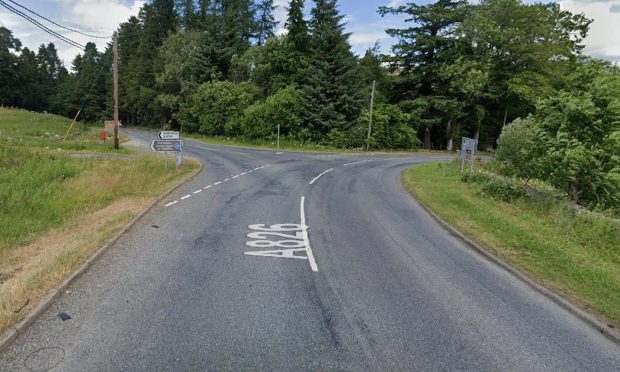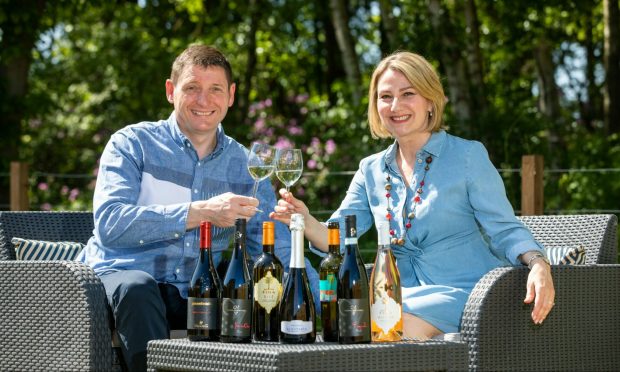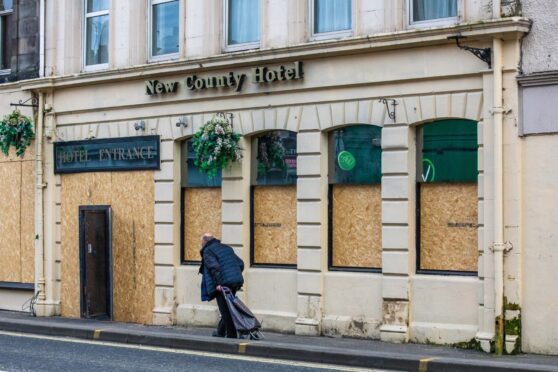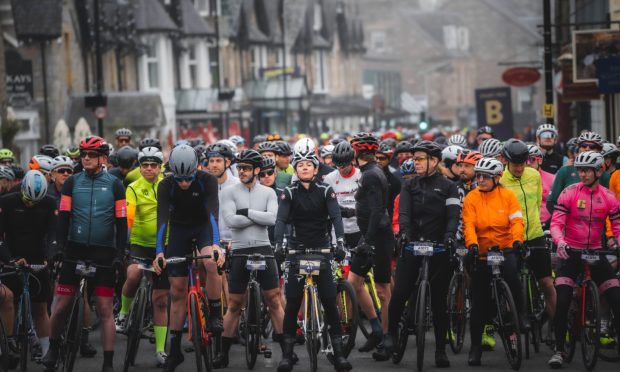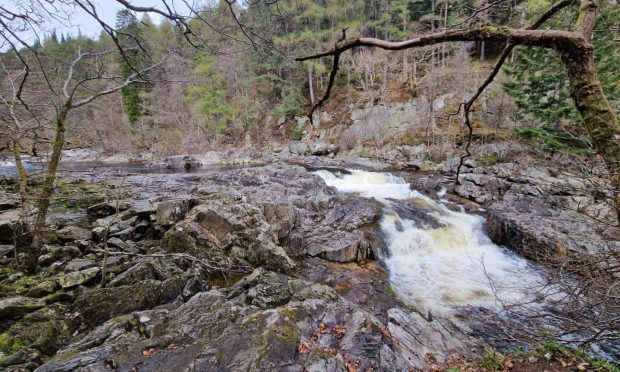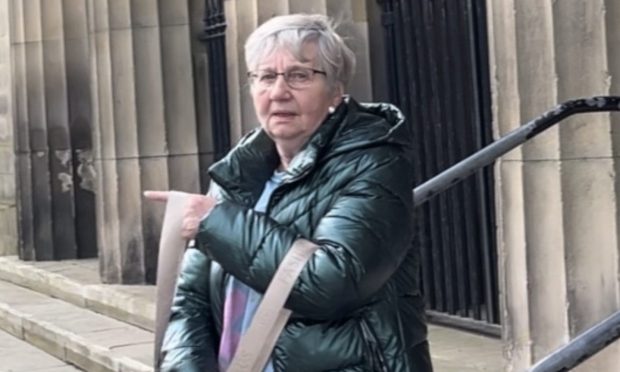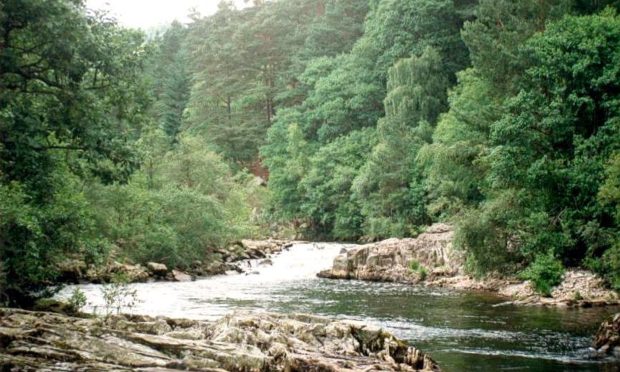A study which concluded wind farms have had no effect on the number of people employed in Scottish tourism has provoked an angry response from the pressure group Scotland Against Spin.
The finding – which undermines one of the longstanding arguments against the proliferation of wind farms – comes from BiGGAR Economics who studied 18 sites and looked at the number of people employed in tourism in the local area before and after they were developed.
They found that the council areas with the greatest growth in tourism employment also saw the largest rise in onshore wind installations and that between 2009 and 2013 the level of employment in tourism in Scotland increased by 10.8% during a time when the onshore wind sector was growing rapidly.
Linda Holt, the Fife-based spokesperson for Scotland Against Spin, claimed the methodology was flawed.
“If you are highly selective in the statistics that you use, you can make statistics prove anything,” she said.
“Some of the ways BiGGAR have skewed their research is to only compare two numbers (number of turbines and number of tourists), to fail to distinguish between types of tourism, to fail to control for the impact of one-off events such as the Ryder Cup, Open Golf or the Commonwealth Games and to pick a huge area for tourism impacts (a 15km radius around the wind farms) which obscures the disastrous impacts for tourism businesses in scenic locations close to wind farms.
“BiGGAR even ignores the well-known boost temporarily given to hotels, B&Bs and eateries in remote areas when gangs of imported labour flood in to build the wind farm.
“On top of that, their study stops in 2013 even though most of Scotland’s wind farms have come into operation since then and the cumulative impacts of wind farms across whole regions have started to make themselves felt.
“I’ve rarely seen a piece of research which has so many holes in it or begs so many questions.”
Ms Holt pointed to a poll for the Mountaineering Council of Scotland from March 2014 when 68% of respondents said parts of Scotland were now less appealing to visitors because of wind farm proliferation, 67% said wind farms made Scotland a less appealing place while two-thirds said they had been put off visiting Scotland by wind farms and will not revisit places which now have wind turbines.
WWF Scotland director Lang Banks however welcomed the BiGGAR findings.
“Hopefully this latest research will finally put to bed the myth that wind farms have a negative impact on tourism jobs,” he said.
“In fact the reality is that in some cases wind farms have themselves become tourist attractions.”
